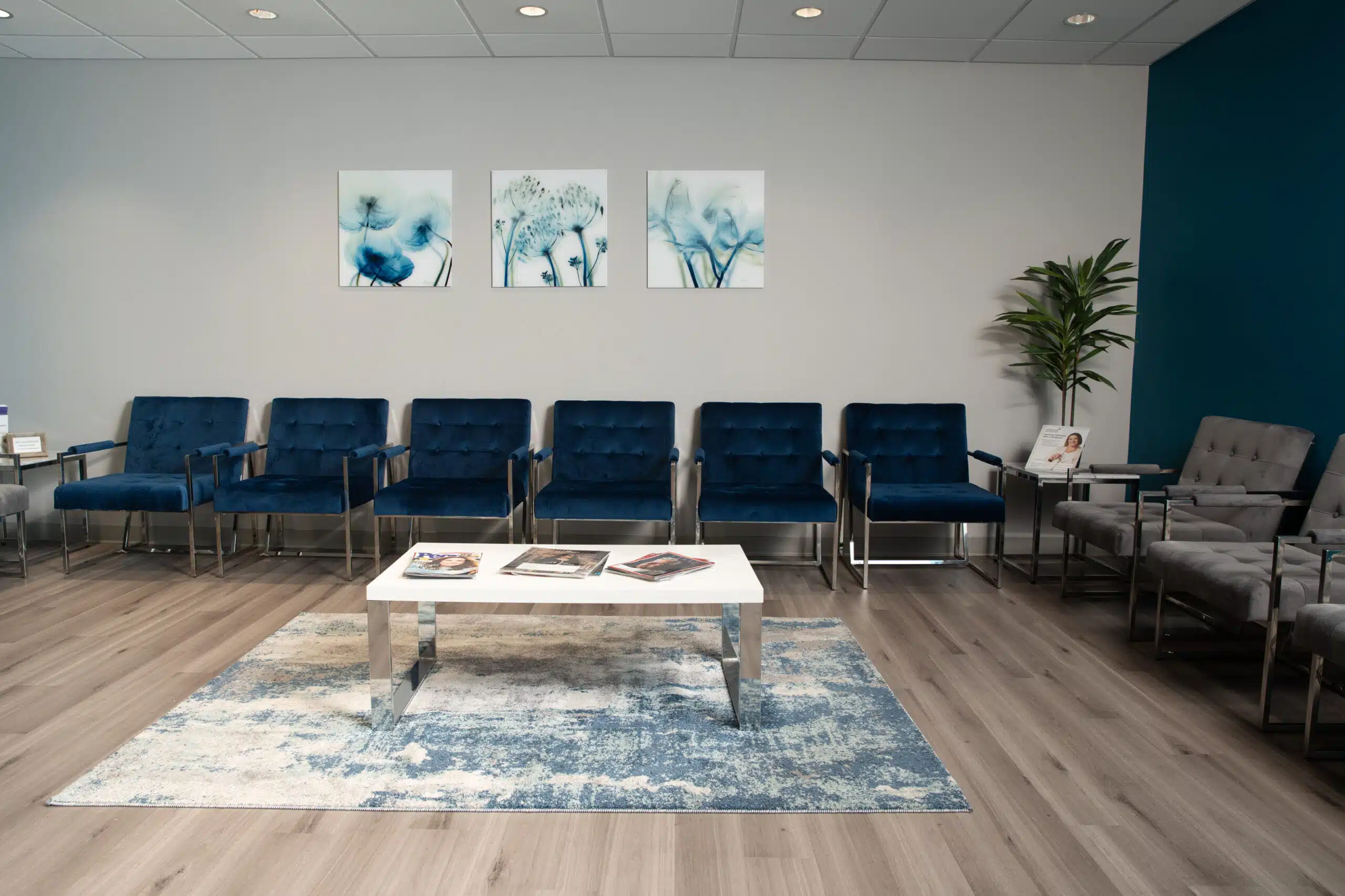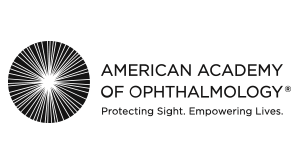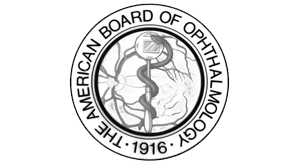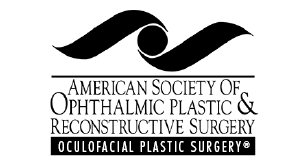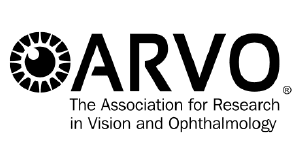Functional and Reconstructive Oculoplastic Surgery


The goal of both functional and reconstructive surgery is to restore the aesthetics – or normal cosmetic appearance – as well as the function of the affected areas. We understand that how patients feel matters just as much as how well they see and look.
Functional oculoplastic and orbital surgery refers to procedures that are performed primarily to restore or improve the function of the eyelids, orbit, tear drainage system, and surrounding facial structures. Reconstructive oculoplastic and orbital surgery, on the other hand, is focused on repairing and rebuilding the eyelid, orbital tissue, and surrounding facial areas after trauma, tumor removal, or previous surgical procedures.
Droopy eyelids can make it difficult to keep your eyes open, giving you a sleepy appearance and potentially interfering with vision. There are three main causes of droopy upper eyelids: (1) weakness of the levator muscle that opens the eyelid, known as ptosis; (2) excess upper eyelid skin, known as dermatochalasis; and (3) mechanical brow drooping.
A customized approach to droopy upper eyelids requires a complete eye exam, including assessment of eyelid muscle function, skin height, and brow position. The goals of treatment depend on whether your primary concern is functional (i.e., vision is affected) or cosmetic.
Eyelid malposition is the term used to describe when, in the most basic terms, your eyelids don’t fit well with your eyeballs. This can feel like there’s something in your eye, your eyes might tear up a lot, or your vision is blurry.
There are a few reasons why this can happen, including what we call “floppy” eyelids or “lax” eyelids, previous surgery of the eyelids (including cosmetic surgery), or another abnormality such as thyroid eye disease.
Any one of these issues can cause the upper and lower eyelids to become retracted, causing the eyelid malposition. Eyelid malposition is often something that can be corrected with surgery.
Eyelid lesions are any abnormal growths or changes to the eyelids. They can vary in size, shape, color, and texture. Smaller eyelid lesions can resemble a pimple or a mole, while larger, more noticeable eyelid lesions can cause discomfort. Any lesion could be a cause of personal cosmetic concern.
Eyelid lesions can be benign (non-cancerous) or malignant (cancerous), which is why it’s important to have them evaluated once you notice a new lesion. Common symptoms can include irritation, discomfort, interference with vision, and, if the lesion is large enough, it can affect the eyelid’s function or issues with the tear drainage system.
The first step for eyelid lesions is a careful clinical examination of the eyes and eyelids. A biopsy can be performed, if needed and if the biopsy determines the lesion is malignant, then a complete excision of the lesion may be required. If it’s not malignant but it’s a cosmetic or functional issue, we can remove the lesion.
Tearing becomes a problem when the tear ducts overproduce tears or when there is inadequate drainage to support normal tearing – or both can occur.
When overproduction is the issue, dry or irritated eyes signal to the lacrimal gland to increase the production of tears from the lacrimal gland – above what your drainage system can typically handle. Simple solutions can often help, such as using artificial tears or allergy drops to help solve the dry eye irritation problem, preventing over-tearing. In other instances, surgery is needed to fix the ocular irritant (such as eyelid laxity or eyelid malposition) is required to alleviate the tearing.
When there is inadequate tear drainage, the cause is often a blockage somewhere within the lacrimal drainage system causing the issue. This often requires surgical interference to correct the issue.
Facial nerve palsy can be a serious issue as it can cause severe vision and eye-threatening complications. It can cause corneal exposure which means the eyelids cannot protect the cornea, the cornea will dry out, become irritated, scarred, infected, and even perforate. Facial nerve palsy can also result in asymmetry if the face where one side looks droopy or paralyzed. It not only affects your physical appearance but can affect your ability to express emotions and basic physical functions like blinking, smiling, talking, or even eating.
This weakness of the facial nerve can be caused by a viral infection, genetic predisposition, Bell’s palsy, or traumatic injuries to the facial nerve.
Sometimes the palsy is temporary. Other times, it requires surgical intervention to protect the cornea and restore eyelid function. There are additional treatments, such as Botox, for other complications associated with palsy, such as ticks and spasms. Each patient’s needs are unique and will require an individualized treatment approach.
Symptoms of ocular surface disease include pain, irritation, redness, mucous discharge, blurry vision that comes and goes, and lashes that rub the eyeball.
Treatment requires a careful evaluation to achieve a proper diagnosis. There are many different surgical and non-surgical approaches to treating ocular surface disease, from ocular lubrication to ocular surface reconstruction.
Orbital diseases and disorders include a wide variety of conditions, such as orbital inflammation, infection, tumors and lesions, trauma, fractures, congenital anomalies, and structural abnormalities.
Signs and symptoms of orbital diseases include:
Orbital surgery is a specialized field that deals with the treatment of these disorders. A careful evaluation is first needed to identify the cause of the condition, its location, and associated conditions, and to determine if any additional medical testing or imaging is required.
